The following statement was provided as an evidence submission by the Space Industry Association of Australia CEO James Brown to the Senate Inquiry into the National Reconstruction Fund.
“My name is James Brown and I am the CEO of the Space Industry Association of Australia, representing more than 60 companies engaged in the space economy, who between them account for more than 10,000 workers. Our members range from small not for profit STEM educators, through to universities, research organisations, SMEs, and large multinational prime contractors and professional services firms.
I want to make three points today and give two examples on behalf of our industry:
- The Australian Space industry should be a named priority area for the NRF with $500m of allocated investment.
- The National Reconstruction Fund addresses an urgent need for critical strategic nation building industries for which there are structural obstacles to private investment. The NRF is tailor-made for the space industry where programs are complex, international, long term, and more often than not have a dual use civilian and military component. In every space market in the world government plays a strategic role to help private investment overcome these structural obstacles.
- Australia is currently crawling in the global space economy whilst our friends and competitors are sprinting. Private investment into Australian space has stalled due to uncertainty regarding government policy. The NRF is an excellent opportunity for government to signal a multi-partisan, strategic, long-term commitment to sovereign space capability. An industry in which nearly all Commonwealth government departments and agencies will have interests and equities.
- Space technology and services are a critical accelerator for all the other current named NRF priority areas, particularly advanced manufacturing and defence.
- Investing to make Australian industry space-enabled will accelerate sovereign capability in NRF priority areas, boost Australia’s international competitiveness, and secure Australian jobs for the future global economy.
- Nearly every industry in Australia is currently reliant on space. Our transport, shipping, resources, and forestry industries rely on space-based navigation from GPS. Every electronic financial transaction in Australia is dependent on atomic clocks on satellites in space. Defence relies on satellite intelligence. Regional communities are connected by satellite communications.
- By the time the NRF completes its work later this decade, there will be two types of industries in the global economy. Those that are space-enabled and those that aren’t. Non-space enabled industries will be uncompetitive in the global economy.
- Space industry development is one of the highest return investments governments can make in a complex economy. UK research shows that for each dollar invested by government the return to the economy will be:
- Earth observation (eg space data to support agriculture): $2-4 direct, $4-12 indirect
- Space telecoms (eg Starlink, NBN): $6-7 direct, $7-16 indirect
- Space navigation (eg GPS): $4-5 direct, $4-10 indirect
Two examples that illustrate these points:
- Climate and weather observations are critical to Australian industry as well as Australia’s efforts to monitor and mitigate climate change and detect and mitigate national disasters. 95% of the data in the Bureau of Meterology’s models comes from space. 80% of the measures that detect climate change can only be measured from space. Currently Australia does not own and operate any weather satellites.
The NRF provides an opportunity to secure government needs for climate and weather data, and unlock private investment into new capabilities for Australia in carbon market assurance, freshwater quality management, and disaster detection and response. This would unlock economic value in agriculture, forestry, fisheries and other parts of the economy as well as improving Australia’s environmental and social wellbeing. And the Space Agency and industry can start moving on this project today, the planning has been done.
- Because of Australia’s geography, scientific expertise, and defence connections we are well positioned to be a major global contributor to space domain awareness and space situational awareness. That is developing ground stations, radars, lasers, and telescopes to help manage traffic in space as the number of satellites grows from 2500 to 100,000 this decade. This industrial capability will be vital for Australia’s national security and critical national infrastructure resilience but is also increasingly in demand globally as a commercial service as the global space economy grows to be worth more than $1.8 trillion annually in 2030.
The NRF can help innovative Australian SMEs in this field, in some cases commercialising technology from CSIRO, to scale fast enough to be globally competitive ensuring Australian exports and sovereign capability in a critical emerging field of advanced manufacturing. Most of the ground stations for these facilities would be in regional Australia, generating new high-tech jobs in regional communities.”
The Space Industry of Australia (SIAA)
The Space Industry of Australia is the national peak body for the space industry in Australia,
representing more than 600 members. Formed in 1992, SIAA hosted the 2017 International Astronautical
Congress in Adelaide which led to the establishment of the Australian Space Agency in 2018. SIAA and
its member companies work closely with Australian governments, international partners, academia, and
industry to advance Australia’s space industry and economy.




